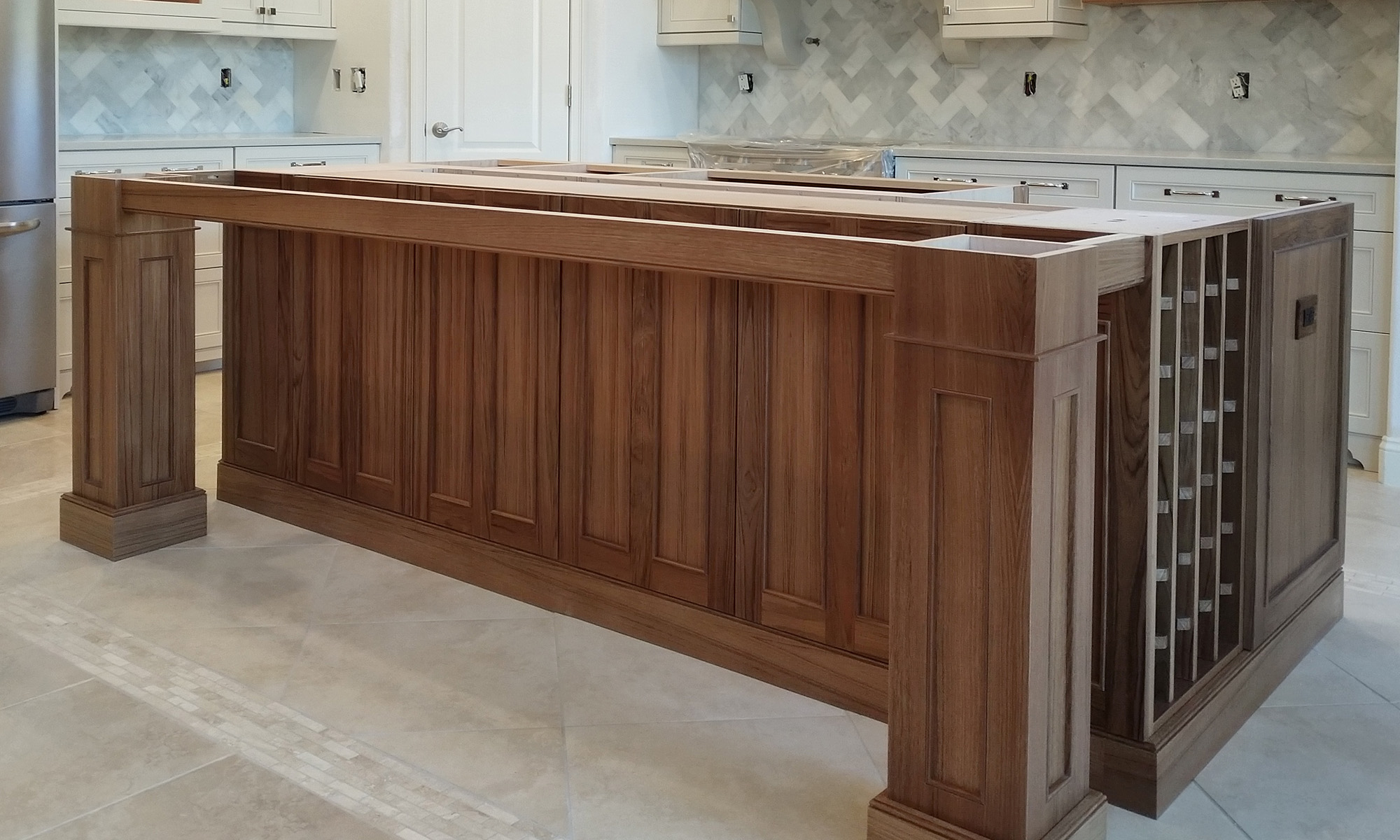One of the first modifications I made to my Powermatic 3520B was a remote switch. I had one on my previous lathe and had grown comfortable with it. I like to keep the switch on the lathe bed by the tail stock, so I don’t have to reach through the “line of fire” if I need to switch the lathe off in a hurry.
Most of the instructions you find on the internet for making a remote switch involve relocating the on/off switch only. I wanted to relocate both the on/off switch and the variable speed dial. Being somewhat “electronically challenged” I also needed a simple method that didn’t involve a lot of rewiring. After much searching I finally found the following set of instructions on the AAW Forum.
http://www.aawforum.org/vbforum/showthread.php?p=51600#post51600
It was pretty simple to do. Once I had sourced the various parts it took me about an hour to assemble everything. In essence all you are doing is putting a longer wire between the control panel that holds the on/off switch and speed dial ant the wires in the head stock. I have been using it for over a year now and have not experienced any problems.
I removed the control panel from the head stock and took a couple pictures with my cell phone so that I would have a reference of which wire went where.
Then I went shopping in the electric department at Home Depot.
Conduit box.
Male and female disconnects.
Spade terminals and snap connectors.
Next stop was NAPA auto parts.
10 feet of trailer wire. They did not have 5 conductor wire, so I got some 6 conductor and didn’t use one of the wires.
Total cost was around $35. $15 at Home Depot and the trailer wire cost $2 a foot.
Push the wire through the hole at the back of the head stock. Remove the grommet from the hole first. It’s a very tight fit. I couldn’t get the grommet back in the hole fully, you might have better luck.
Connect all the wires at the headstock side.
Put the connectors on the remote side of the cable. I made the red plug from some scrap rubber. Cut it to fit the conduit box and drilled a ½” hole in it to accept the cable.

I cut the back outlet thingy off the conduit box at the band saw. Then I cut a piece of scrap wood the size of the conduit box. Epoxied six ½” x 1/8” rare earth magnets into the wood and then screwed the wood to the backside of the conduit box. You need some strong magnets. The on/off switch on the control panel takes quite a bit of force to pull out and if the magnets are not strong enough you will pull the remote box off the lathe trying to turn the lathe on.
The back of the box.
I gave the conduit box and cover a coat of appliance paint and let it dry overnight. Before I painted the cover plate I drilled the holes with a ¼” bit and kinda elongated them by pulling them against the bit. The spacing on them is a little close to fit over the holes on the headstock and so some tweaking was needed.
The headstock with the conduit cover in place of the control panel.
The remote switch. It sticks in the horizontal position better than in the vertical position due to the curved sides of the lathe ways.

































































































































































